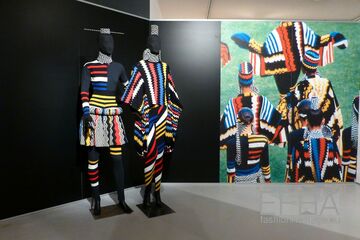Re:generations Scrapbook
CultureMoves LabDay that used content from Europeana to instigate conversations around identity, African Diaspora and dance.
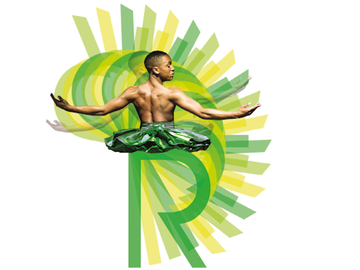
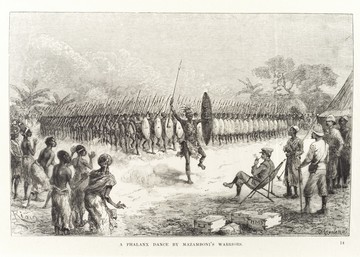
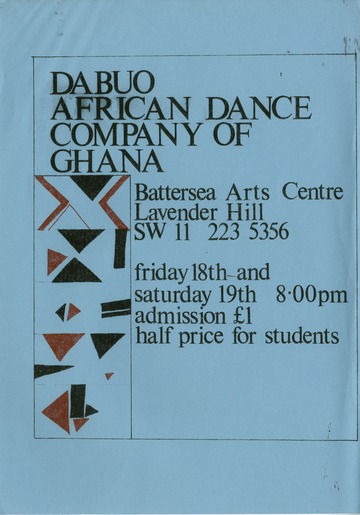
This book addresses the conceptual difficulties and political contestations surrounding the applicability of the term "African-Canadian." In the midst of this contested terrain, the volume focuses on first-generation, black continental Africans who have immigrated to Canada in the last four decades, and have traceable genealogical links to the continent. The rationale behind highlighting the experiences of the first generation of African immigrants within Canadian society is to address the empirical, conceptual, and methodological gaps in the literature that tends to homogenize all black people and their experiences. The book, thus, seeks to highlight the peculiar characteristics of continental Africans which may not be shared by other blacks or non-black Africans. The chapters examine the social constructions of African-Canadians and their experiences within the political and educational systems, as well as in the labour market. They also explore the forms of cooperation and tensions that characterize the communities, and how they negotiate and adapt to the multiple transnational spaces that they occupy. The book also explores the circumstances of their children, as they try to define their identities vis-à-vis their parents and the larger Canadian society.
Representation and Resistance: South Asian and African Women's Texts at Home and in the Diaspora compares colonial and national constructions of gender identity in Western-educated African and South Asian women's texts. Jaspal Kaur Singh argues that, while some writers conceptualize women's equality in terms of educational and professional opportunity, sexual liberation, and individualism, others recognize the limitations of a paradigm of liberation that focuses only on individual freedom. Certain diasporic artists and writers assert that transformation of gender identity construction occurs, but only in transnational cultural spaces of the first world-spaces which have emerged in an era of rampant globalization and market liberalism. In particular, Singh advocates the inclusion of texts from women of different classes, religions, and castes, both in the Global North and in the South.
Programma: 10-14 juli.
Nyomskurna pojkar dansar med maskerad ledare, klädd i dräkt av nät, i omskärelseläger. Pojkarnas ländkläde är gjorda av bastfibrer. Jmf. planscher hos W. Hambly: The Ovimbundu of Angola. Bol. dia 322. Bol. neg. 168.
0563.0024.o
ST2
ST2
Magasinet - En etnografisk skattkammare
Magasinet - S
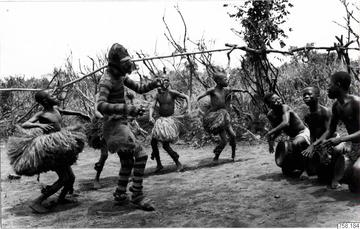
Performance Sakhozi says NON to the Venus in Plasticization by Nelisawe Xaba (Republic of South Africa), Mladi levi Festival, 2011
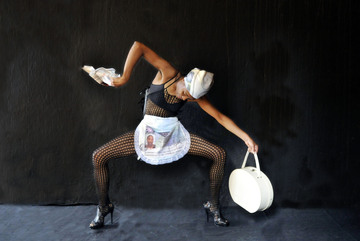
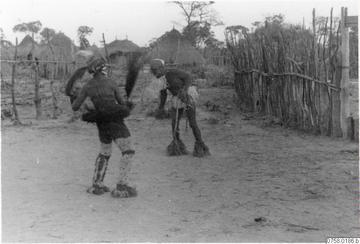
0758.0177
Maskdans i samband med initieringsceremonier i SV och centrala Angola. Jmf. W. Hambly: The Ovimbundu of Angola. Jmf. 758.175-176. Bol. neg. 159.
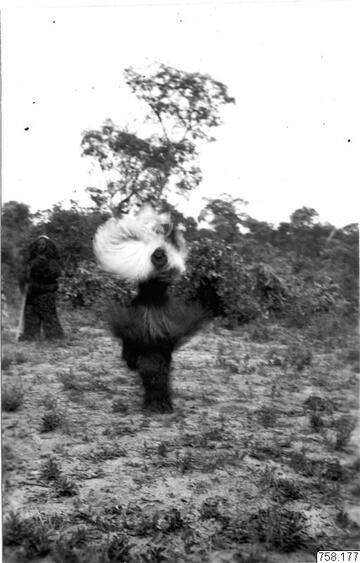
0758.0185
Maskdans SV Angola. Jmf. planscher hos W. Hambly: The Ovimbundu of Angola. Bol. neg. 170.
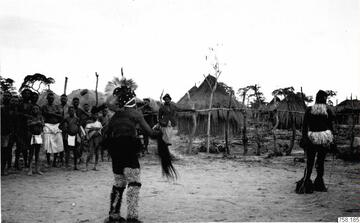
0758.0178
Maskdansör vid initieringsceremonierna. SV Angola. Jmf. W. Hambly: The Ovimbundu of Angola - planscherna. Bol. dia 313.
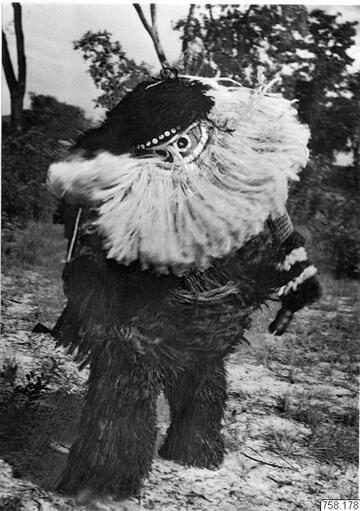
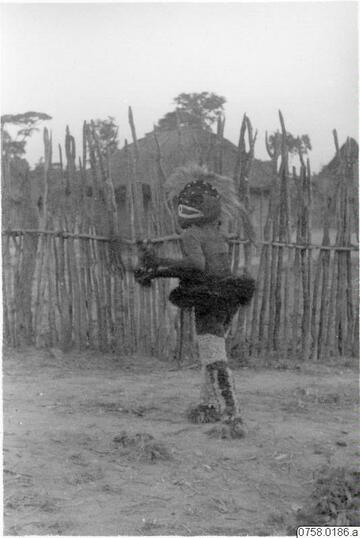
0758.0186
Maskdans SV Angola. Jmf. bild 758:185. Jmf. planscher hos W. Hambly: The Ovimbundu of Angola. Bol. neg. 169.
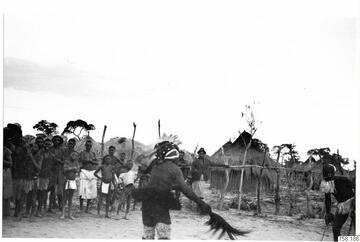
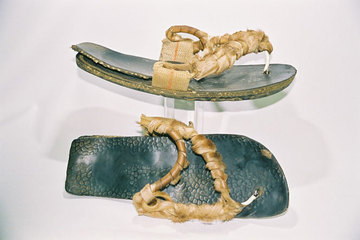
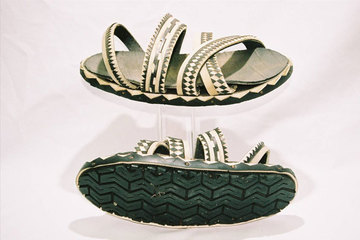
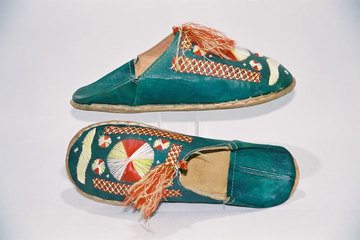
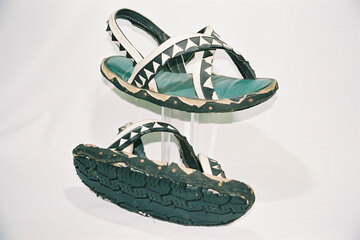
Extended description:
Il loge à la Maison africaine dans le quartier de Matonge, à Bruxelles, et fréquente l’Eglise Saint-Boniface et le café katangais.
Information:
"Au Quotidien" était un magazine de début de soirée consacré à l’information régionale dans ses aspects les plus variés. Il a été diffusé de 2005 à 2011.
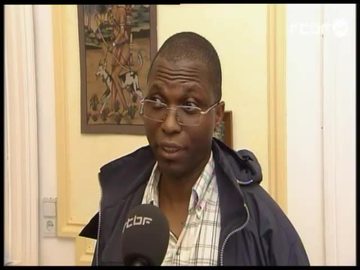
African Look: abito lungo in organza di seta stampata disegno "Kilifi" nei toni del grigio, linea sirena, spallina sottile. Abbinato scialle.
African Look: abito cappa in jersey di seta nei colori viola, verde e fucsia, con cappuccio, linea ampia.
Archivio Missoni Exposure The Genius of Colour, Rjeka 2012. Installation Africa
